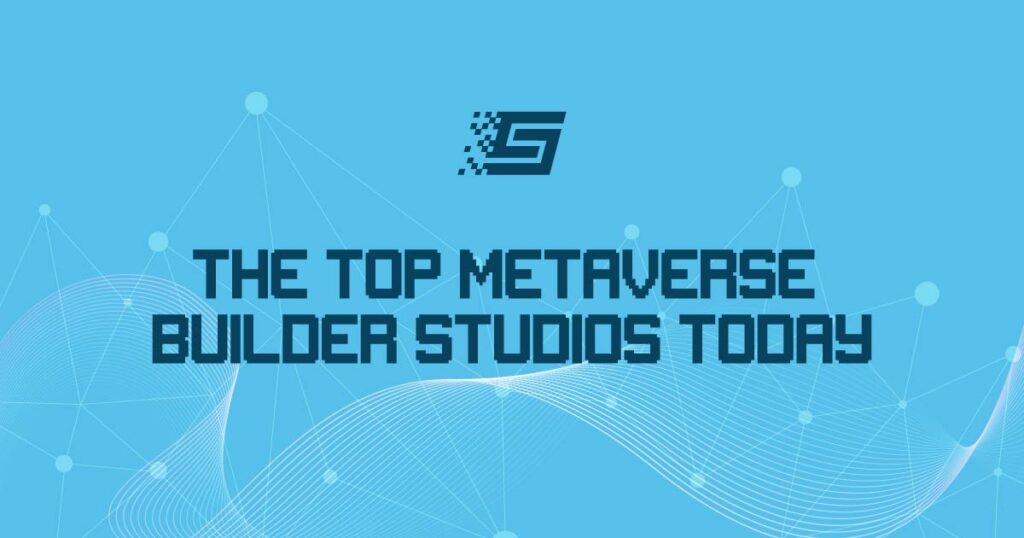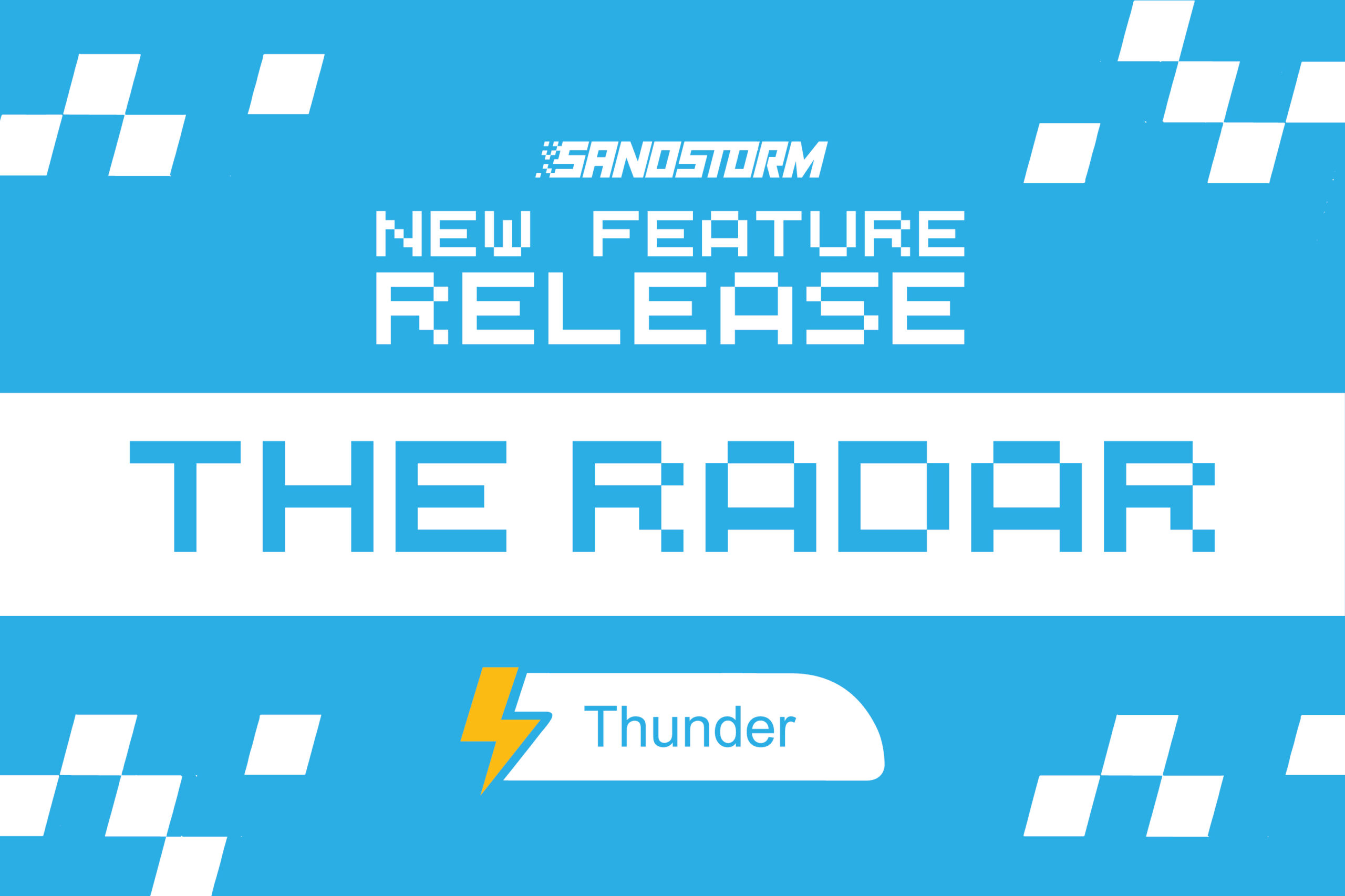What is Virtual Land?
A virtual land is a piece of real estate in a virtual world or metaverse that avatars can build upon or explore. In the physical world, the land is one of the essential resources for humans. Without land, we can’t plant food, breed animals build houses or infrastructures. So, why should there be lands in the metaverse too?
The metaverse or virtual world is a digital version of the natural world that might soon be a part of our reality. Real estate cannot be missing if the metaverse is genuinely immersive. Avatars will need houses, infrastructures, and even farmlands that cannot be duplicated. Hence, lands are crucial assets in the metaverse.
However, a digital land does not require paper documentation like earthly lands. All you need is a wallet to store it as a collectible. Furthermore, no one can seize or claim your virtual land unless they buy it.
So, how is virtual real estate valuable and fixed like physical land?
Similarities between virtual and earthly land
Uniqueness
No one can turn a plot of land in New York into two. Neither is it possible to create a copy of it. By making virtual lands as NFTs, metaverse platforms can provide unique pieces of real estate.
A non-fungible token (NFT) is a unique digital item free from duplication and owned by one blockchain address at any given time. Although, we can make documents, files, or certificates into NFTs. Paintings and 3D artworks dominate the NFT space because of the beauty they portray.
A common trait of non-fungible tokens is that no one can make their replica; that on its own gives them value. Virtual lands also have that common trait making them especially valuable or expensive. Yet, there are even more reasons why metaverse lands are mostly costly.
Virtual lands are scarce.
The total surface area of the earth is 510 million km2. However, due to language and other differences, humans have put boundaries across the planet to divide themselves into multiple countries. Borders have led to the scarcity of land in every region. Accordingly, land is valuable everywhere you go. Metaverse platforms also adopted such a policy for their land parcels.
The supply of lands in credible metaverse platforms is limited. The Sandbox has a finite supply of 166,464 Lands, and the number will never increase. Likewise, there are 90,601 pieces of land on Decentraland. Moreover, Somnium Space has a total of 5,026 land parcels. The finite supply of land in most platforms is similar to the earth’s supply of land.
Scarcity promotes value
Physical land owners bank on the fact that their property will always exist, and more of it won’t exist. Therefore, the value will skyrocket whenever civilization and development spread to their property. Similarly, metaverse lands are fixed and do not move.
As the metaverse industry grows, virtual owners will also see a surge in their asset’s value. Why?
An increase in the population of an area increases the demand for land. New metaverse users will compete to use the same lands available on metaverse platforms in the coming years.
Remember, most of them have a finite amount. Therefore, an increase in the metaverse population will cause an increase in real estate demand. As a result, virtual land will be a precious asset.
Building real estate
Most people don’t just buy physical lands and wait for years to resell them. Instead, they build structures and create more value for their land. Similarly, developing a virtual land is key to adding value to it.
There are various speculations about how humans will use the metaverse in the future. Metaverse builders are planning to design incredibly immersive virtual worlds. Achieving such plans will require building real estate and infrastructures on metaverse platforms.
As a result, there have been metaverse supermarkets and stores, virtual arenas for concerts, etc. In the coming years, there will be a need for more virtual public facilities and even metaverse homes.
We will build the homes and facilities on digital lands just like physical structures. Accordingly, virtual lands will play a significant role in the metaverse development.
With the apparent similarity between virtual and physical land, this article will further review the purpose of buying virtual land.
What can you do with a virtual land?
Rent and Lease
You can purchase virtual land and rent it to other metaverse users. Similarly, you might lease out a virtual property until you are ready to develop it.
Renting out virtual property is common among virtual land owners because multiple brands are pouring into the virtual space. Some brands only wish to host a single event for a few hours or days. Therefore, they might prefer renting land in a popular spot and not buying outrightly.
Other avenues for renting a virtual property occur when you build a structure on your land. You can attract tenants who might use your virtual apartment as a meeting room, store, arcade, etc. Like the traditional real estate business, metaverse real estate offers boundless earning possibilities.
Advertising
Owning a piece of land in a popular area of a metaverse gives you the advantage of reaching many avatars. Accordingly, you can set aside an advertising space on your plot. Brands who wish to advertise will then pay to advertise on your virtual land.
For example, land owners in Downtown Portals of the Portals’ metaverse may have the opportunity to advertise to avatars exploring the area. Likewise, you may be able to reach several visitors in Vegas City of Decentraland and other popular locations.
Workspace
Workspaces are emerging in the metaverse as employers look to make remote work more engaging. A virtual workspace is an office where people work in the form of 3D avatars. Here, your colleagues will also be present, and you will be active at the office while you are actually at home.
Metaverse platforms now provide customizable tools you can use to design any space. Thus, after buying or renting a virtual land, you can customize it to a digital workspace of your taste.
Where to buy a virtual land
There are multiple metaverse platforms where you can purchase virtual lands. The Sandbox is an outstanding example of a virtual real estate platform. As mentioned, there are 166,464 lands on The Sandbox that owners can develop, rent or lease.
Similarly, Decentraland is a metaverse that is re-known for its virtual real estate economy. Plots of land have sold for millions of dollars on these blockchain-based platforms.
In addition, Axie Infinity also offers 90,601 land parcels known as Terra. Each plot of land will contain resources to upgrade the land. Axie Infinity plans to make the properties productive and valuable for social and cooperative activities.
Other metaverse platforms that offer virtual lands include Portals, Somnium Space, NFT Worlds, etc. You can buy lands during a public or private sale. Also, the virtual lands of most projects are available on NFT marketplaces.
Virtual lands might be a vital part of the emerging Metaverse economy. In that case, land owners will generate massive value by putting their lands into multiple uses.
Before buying a land parcel, ensure the metaverse platform has a sustainable long-term plan. Nonetheless, every buyer is responsible for the decision to own virtual land.


